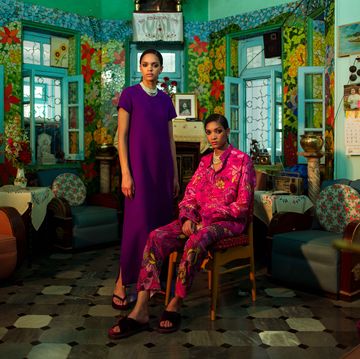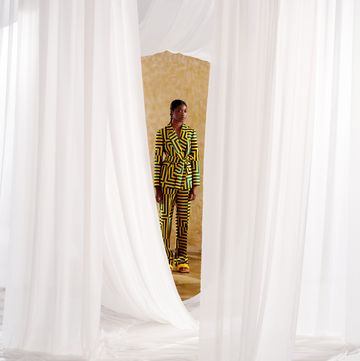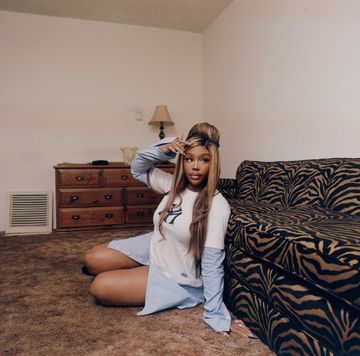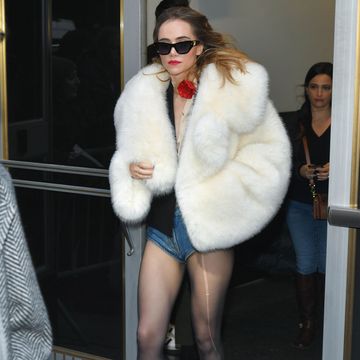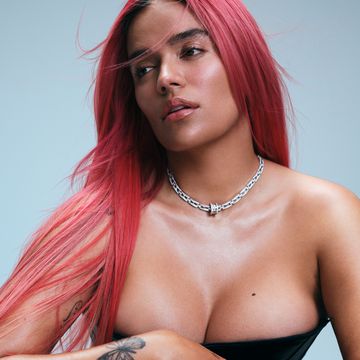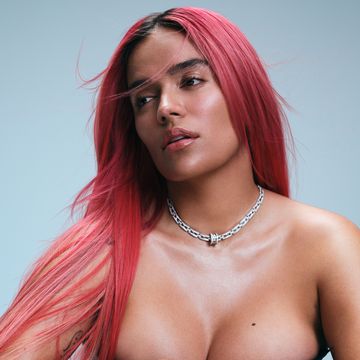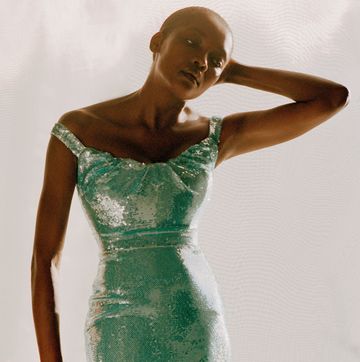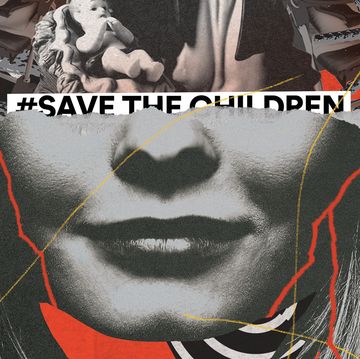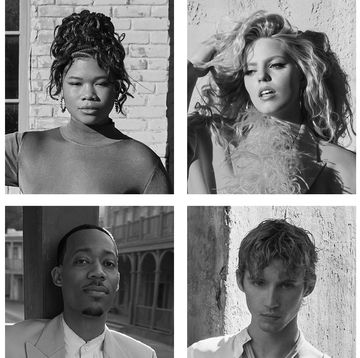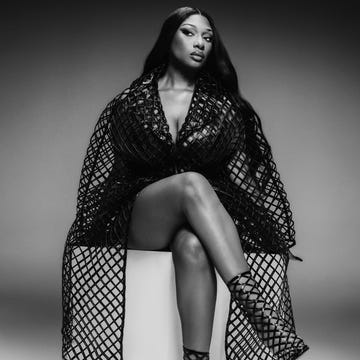It’s the day after my appearance in Lagos, Nigeria, at the Aké Arts & Book Festival. I scroll through my Instagram feed, still too tired to do anything other than relive the moment online. “Love the dress!” says one response. “You look gorgeous!” says another. “Simply stunning!” Though the event was well attended and my books sold out, it was my dress—by Zimbabwean-American label Shangani Fashion—that stole the spotlight.
A few years ago, the hashtag #AskHerMore went viral, as influential feminists raged against red carpet reporters asking actresses who they were wearing— arguing that women’s achievements were being overshadowed by superfluous fashion choices. I understand their reasoning, but in my world, fashion has deep meaning. Although I’m not a celebrity, I am a writer who has been fortunate enough to have a platform, and the simple question “Who are you wearing?” is my opportunity to shine a light on those in the margins. I take pride in saying the names of black designers out loud in white spaces, because we matter.
In October, at the American Music Awards, Tracee Ellis Ross made a statement by wearing pieces exclusively by black designers, including Dapper Dan for Gucci and Virgil Abloh of Off-White.
Issa Rae took the same approach at the CFDA Fashion Awards in June, resplendent in a lime-green pantsuit by up-and-coming designer Sergio Hudson and a red lace-up gown by Parsons grad Shanel Campbell.
It almost brought me to tears, watching Ross and Rae, regal in their stances. Inspired, I decided that I would make more of an effort to wear clothes by designers of color.
I hadn’t always taken this kind of pride in my heritage. Growing up in Jamaica as a black person in a colonized country, I believed what I had been told about myself: We were savages to be tamed. I was taught from a young age never to trust others like me—black people with the same history, struggling against defeat. We gave each other the side-eye, always distrustful.
Anyone daring to think, dress, or desire outside the neat little box designed for us was condemned. In school, we all wore the same British-style uniforms. I remember how restrictive they were—the heavy cotton and starch, trapping my body’s heat. My skin itched, but I never complained. Perhaps inevitably, by the time I came of age in the ’90s, I had learned to place much more value on northern European ideals—fashion, literature, aesthetics—than on anything from my own country.
Even after I moved to America at the age of 17, clothes were still a uniform of sorts for me, a costume I wore to conform. I worked at the mall and spent my lunch breaks browsing racks of clothes from Forever 21 and Express, fumbling my way into womanhood, into Americanness, hoping to fit both roles. However, no matter what I put on, Americans saw right through it. “You’re Jamaican, right?” asked a guy on my college campus. We had never spoken. How did he know? In those years, in some unknown way, I was self-conscious about my alien status. This was long before it dawned on me that no matter how I dress, no matter what I do, I’ll always be “alien” as a black person in America.
This epiphany liberated me. And it helped me learn to love myself and my people, both out of despair and in defiance, in a way that I never had before. Ten years into my life in this country, I reinvented myself. I began to wear clothing that made me feel good—bold African prints and florals, broadcasting my unapologetic approach to life; bright colors, complementing the deep melanin in my skin; and loose, comfortable shapes, now that I’m no longer required to wear those restrictive uniforms. I had been dressing to assimilate all these years; now I was dressing to be seen.
I have found community in black-owned boutiques. Martine’s Dream, in the heart of Crown Heights, Brooklyn, brings to mind the Caribbean with its island-inspired, bohemian-chic airy cotton dresses and skirts, its kimonos and caftans. TracyChambers Vintage and Indigo Style Vintage, also both Brooklyn-based, sell timeless pieces— from sweaters reminiscent of Denise Huxtable’s wardrobe on The Cosby Show to pleated dresses with shoulder pads and gold buttons that are very Clair Huxtable.
I go out of my way—and sometimes, out of my budget—to support them, and other local black female designers: Hibara Stores, Royal Jelly Harlem, Busayo, Keafrica. Further out of my budget, but very much on my radar, are designers like Abloh, now the head of Louis Vuitton menswear, and Pyer Moss’s critically lauded designer Kerby Jean-Raymond. The fashion world, like the literary world, is not known for regularly heralding black talents. Slowly but surely, things are changing. Pyer Moss’s spring 2019 show—set in Weeksville, New York (now Crown Heights), one of the first free black communities in the country—was its most politically charged yet. Jean-Raymond’s viral T-shirt with the message “Stop Calling 911 on the Culture” earned him plaudits from critics as well as customers.
For me, the best thing about my new, carefully chosen wardrobe is the sense of security it gives me. I confidently glide into rooms—especially in literary spaces, where black women writers are sparse—knowing my people have got my back.
Nicole Dennis-Benn is the author of Here Comes the Sun and the forthcoming novel Patsy, set to be released this June.
This article originally appeared in the February 2019 issue of ELLE.







